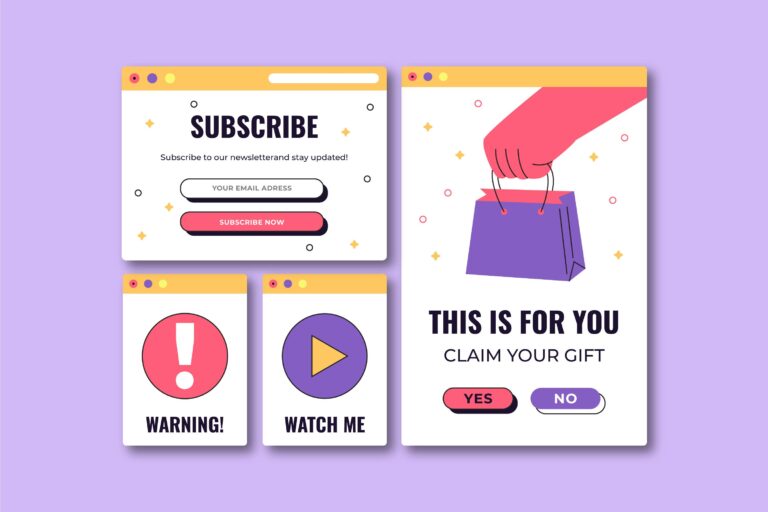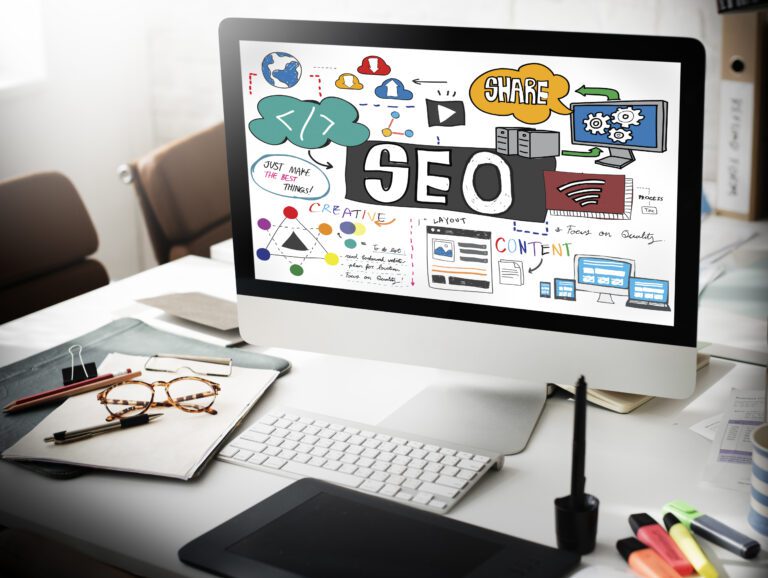Successful Email Marketing for Ecommerce: It Starts With Knowing What An Email Subscriber Is Worth
I hope you enjoy this blog post. If you want Hello Bar to grow your leads, click here.
Author:
Ransom Agui
Published
August 30, 2024
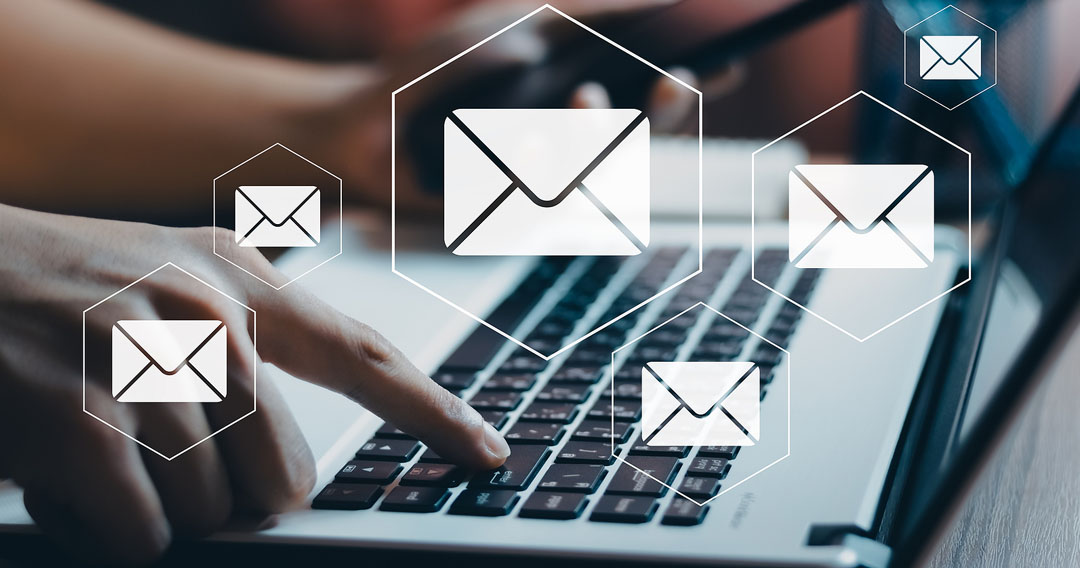
We used email marketing for ecommerce and picked up valuable lessons that every business owner and marketer will find helpful. Here’s our story.
Back in 2011, some friends and I had a simple idea. We wanted to help people drink great wines affordably.
We were a small group of friends trying to build our careers while living in California. We had young kids, new mortgages and the expense of trying to make a go of it in California. At the end of the day, there just wasn’t much money left to be able to uncork a few good bottles of wine per month.
So, we decided to start a site to help people drink great wines at an affordable price. But, we didn’t just want to turn a profit.
In addition to making money, we also wanted to do good in the process. So, we wanted this business to have a cause. We thought – “wouldn’t it be cool if we could make a difference and offer wine for an affordable price?!?”. That’s when we came up with the idea of donating clean drinking water for every bottle of wine sold.
At the time, there were some really cool companies doing something similar in other industries. For example, Tom’s shoes was doing donating a pair of shoes for every pair of shoes sold. It was an inspiration to us so we decided to weave in our own cause as we got the business off the ground.
So, we partnered with Charity water and came up with a way to donate clean drinking water for every bottle of wine sold. We were excited about our potential to make a difference while also helping people drink better wine.
We had our concept and we were off and rolling.
The next thing we needed was a name. In hindsight, we probably could have come up with a better name but we named it CellarThief.
You see a Thief is a device used by a winemaker to sample wine out of a a barrel during the winemaking process. We thought that was a cool play on words because we were also trying to offer great wines at a “steal”.

With a name, we then needed to come up with a logo. So, we tapped into 99 Designs, had our friends vote on the logos that we received and picked a logo.
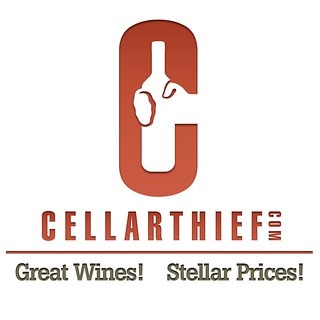
With our concept, a name and a logo, it was time to build our website. We had a friend create a unique design and partnered with a small dev shop to create our site on an ecommerce CMS/platform that soon after got purchased by Adobe. We wanted the site to be cool, inspiring and fun.
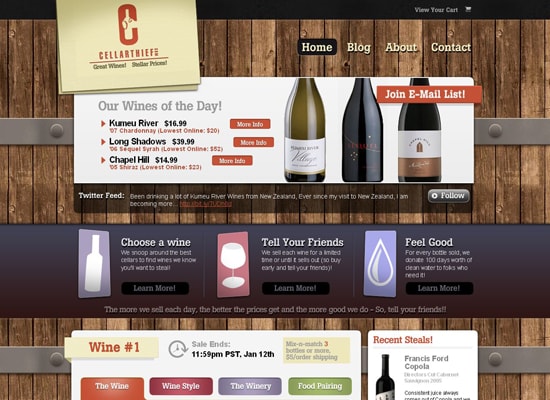
Finally, we had to figure out the sourcing of the wine. Thankfully, our team had connections in the wine industry – both to wineries and distributors. The idea was simple – if we could sell a bunch of a certain wine in one single day, would they give us a big discount that we could then pass off to our customers.
Wineries and distributors embraced the concept and we quickly were able to have a good lineup of top wines that we could offer at a great price. We gave them an estimate of the number of cases we would sell and they would hold those and we would then pick them up and ship them to our customers.
We believed that storytelling would be the most important part of what we did. So we were excited to interview wine makers, tell the background story of the winery and help our customers connect with the people behind the wines we sold.
With many of the pieces figured out, CellarThief was born. It was a tiny company, with no outside funding. It was just a few friends trying to build a nice little business helping people drink great wines at an affordable price. And, make a big difference.
The first wine we offered was a massive hit – a Robert Mondavi Reserve Cabernet.
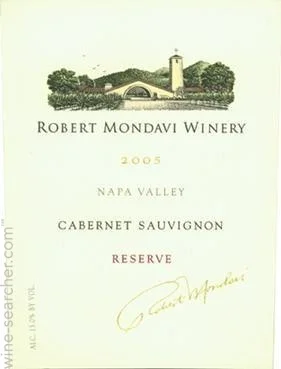
It was then time to figure out how to get customers. We knew we had to find the balance between taking great care of existing customers and finding new customers.
So, we reached out to get some PR.
We built up our social media.
We did a few partnerships and we tried to build up word of mouth.
And, while we pushed to get new customers, we also invested heavily in customer service for our existing customers. We did this mostly with our time because, well, we didn’t really have any money.
We included a handwritten note in each box.
We include tasting notes on each wine, including the foods to have with each wine.
We included a card with each shipment asking people to spread the word about CellarThief.
It was a labor of love and we earned amazing customer loyalty. We still call some of our first customers friends to this day.
We got some initial traction and got some initial sales. And, then it was time to try to grow the business to the next level.
Like so many small, bootstrapped companies, we had little money and some big competitors. There were big online wine retailers and some new entrants in the market that were offering a deal a day on great wines. So, we had to figure out how to stand out and we had to quickly understand the math of our business.
Ultimately, no matter how much passion you have for a business idea, you need to figure out how to drive customers. And, with so much competition in nearly every industry on earth, you have to discover a channel that you can win and own.

At the time, we simply couldn’t afford paid acquisition channels. Those channels were much more affordable back then, but our margins were slim…and, well did I mention that we were bootstrapped?! So, we had to figure out a channel that would allow us to build relationships with our customers and that would drive regular and consistent sales.
We earned some great media, even being named as a “Hot 100” retailer from Internet Retailer (a big deal back in the day). That media was great but it was also fleeting.
We would get a media hit, see some customers come in and then two weeks later, traffic would die down and we would need to go get another media hit. That was tough and it meant that our sales were beyond our control.
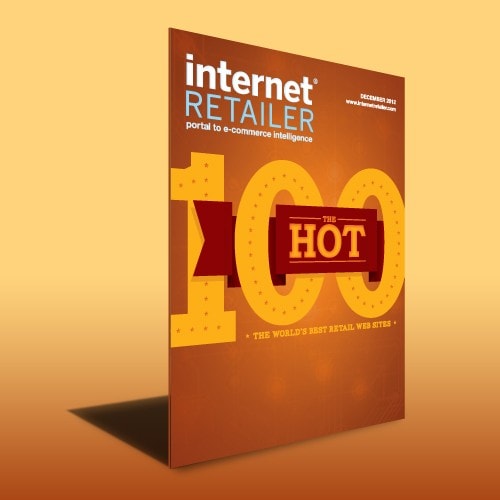
So, we took a deep breath and looked at what was driving our sales. Most businesses simply don’t do this. They have their channels, they have their budgets and they have their sales. And, they simply don’t do the work to understand where their best customers are coming from. We were the same.
We knew that we were getting some sales from SEO. We knew we were getting some referral traffic. We also knew we were getting some affiliates to promote us. But, we didn’t know how much each of these was contributing to our sales every day, week and month.
More difficult, was that we couldn’t predict how much in revenue we could achieve on a day, week or month going forward. This started to create challenges with our buying. We simply didn’t know how much wine to commit to with our suppliers. Some days we would sell 5 cases and some days we would sell 50.
So, we picked a channel to dig deep into and that channel was email marketing for ecommerce. We knew that email campaigns would be good for us. We knew that email campaigns can be incredibly rewarding and successful. And, as I said before, our goal was to tell the stories of the people behind the wines and we thought email was the best way to do that.
We knew that our ecommerce email efforts were helping us to build relationships with our customers. But, quantifying the financial value of our email marketing efforts was difficult.
We spent 60 days really understanding our email marketing efforts and email campaigns. We looked at our open rates and our click through rates. We benchmarked these against others. We tested sending out one email per week vs multiple per week. We tried different copy. We learned all about email deliverability and staying out of spam filters.
We experimented with each subject line and looked at the subject lines of other ecommerce companies to learn what we could. We tested days of the week and times of the day to send our email campaigns.
We learned all about what others were doing to be successful in email marketing for ecommerce. We hashed out and re-hashed out our email marketing strategy. What seemed to work one day wouldn’t the next. But, we kept pushing forward and trying to learn.
Something that kept nagging at us was that we really needed to have on “North Star Metric” that we could use to be successful in our email efforts. Then, one day, we were in a meeting and I asked the question – “How much is an email subscriber worth to us?”. And, nobody could answer.
We had all of this data. We knew our open rates, our click through rates and our purchase rates. We knew how many people were on our lists, how many people were unsubscribing and how many people were adding.
We knew so much about our email marketing but we couldn’t answer that one question – “How much is an email subscriber worth to us?”
Email marketing for e-commerce has evolved so much since the days we were trying to get CellarThief off the ground. But, one thing hasn’t changed that much over the last decade. Most ecommerce companies still can’t answer the simple question of “how much is an email subscriber worth?”. And, without that knowledge, scaling an ecommerce email program is difficult and without a successful ecommerce email program, scaling an ecommerce company is almost impossible.
So, let me get back to my CellarThief story. We were trying to build a great commerce brand and with little money, we thought the only way to do that was to understand our email marketing even better.
Over the next few weeks, we decided to answer the question….”How much was an email subscriber worth to us?” At the time we did that, we had about 5,000 email subscribers. These subscribers had signed up to receive deals and we were growing that number by a few per day. These email subscribers were highly engaged.
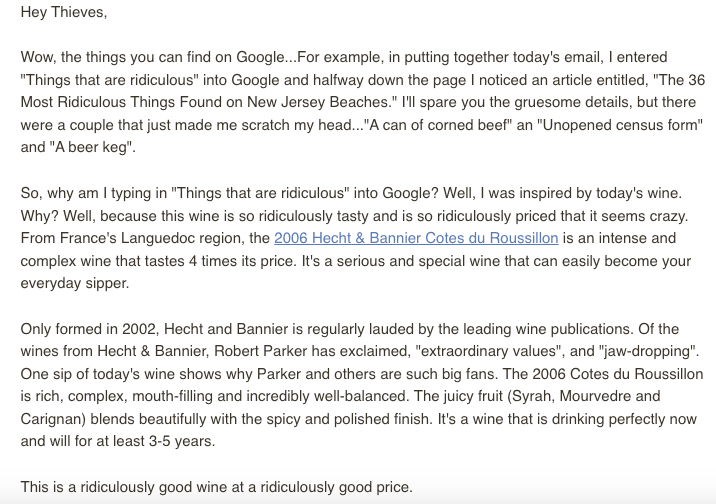
Our open rates were north of 35%. Our click through rates were above 2.5% and our purchase rates were solid. We were still really tiny but we had a good set of engaged email subscribers.
We had good customer engagement and good email engagement. We focused on personalized email campaigns based on what we knew about the tastes of our customers. We sent out birthday emails because we had to get birthdays when people ordered alcohol.
We believed if we could only figure out how much an email subscriber was worth to us, we could then afford to go acquire more email subscribers. If we could do that, our business would then be predictable. And, the enemy of growth and success in a start-up is unpredictability.
Over the next few weeks, we figured out that our average email subscriber was worth just under $2.00 in net revenue per month to us. Again, we were TINY, so we didn’t have a lot of revenue per month, but now we had knowledge. And, we now had the potential to go scale our business in a predictable fashion. And, we now knew that our best chance to scale was to use ecommerce email marketing tricks and best practices to scale.
Armed with what each subscriber was worth to us, our efforts now had to focus on whether we could earn a subscriber for less than what that subscriber was worth to us. So, at that point, it just came down to testing different channels to acquire new subscribers for our emails.
We tested affiliate channels. We did partnerships with wine and food blogs and swapped referral emails. We tested coupons that our customers and website visitors could share with friends. And, we started investing small amounts of money in paid acquisition to drive customers, potential customers and email adds.
Most of these tests didn’t work. Some drove almost zero email subscribers. Some drove email subscribers but drove them at such a high price that we knew we couldn’t optimize that price down to a level that would be profitable.
But, we kept up hope and found glimmers of positive signs. Some channels either were close to our break-even so we thought we could optimize those efforts to help us be profitable -or- were immediately profitable.
This gave us not only our North Star metric for our ecommerce email efforts but also gave us our North Star metric for our business as a whole. We obsessed about this metric, found channels that would work and started to rapidly grow our email list.
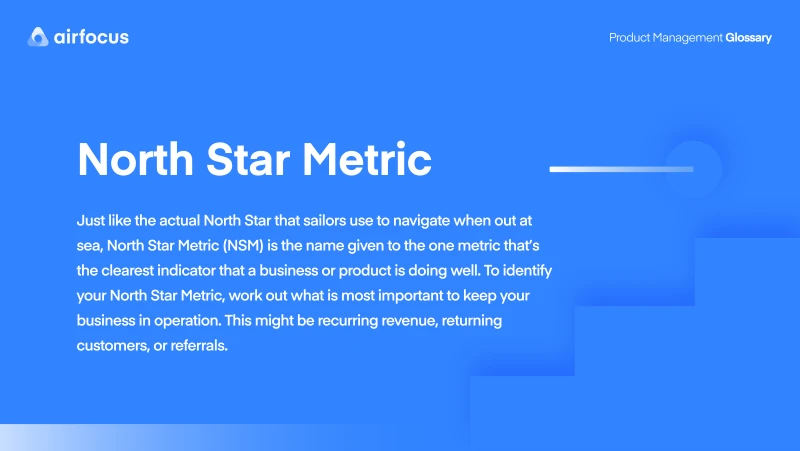
Over time, the business started to grow and became profitable. Eventually, it was acquired by a competitor given consolidation and us working on a number of other businesses. But, the lesson was learned.
Email marketing is critical to the success of an ecommerce company. Everybody knows that. But, knowing what an email subscriber is worth is the key to success in email marketing for ecommerce and almost no ecommerce companies know how much an email subscriber is worth to them.
It’s been over a decade since we started CellarThief and we have all gone on to do very different things. However, I now help to run Hello Bar. Hello Bar is a company that has also been around for over a decade. The platform has had over 700,000 websites use it but one of our most successful customers are ecommerce companies.
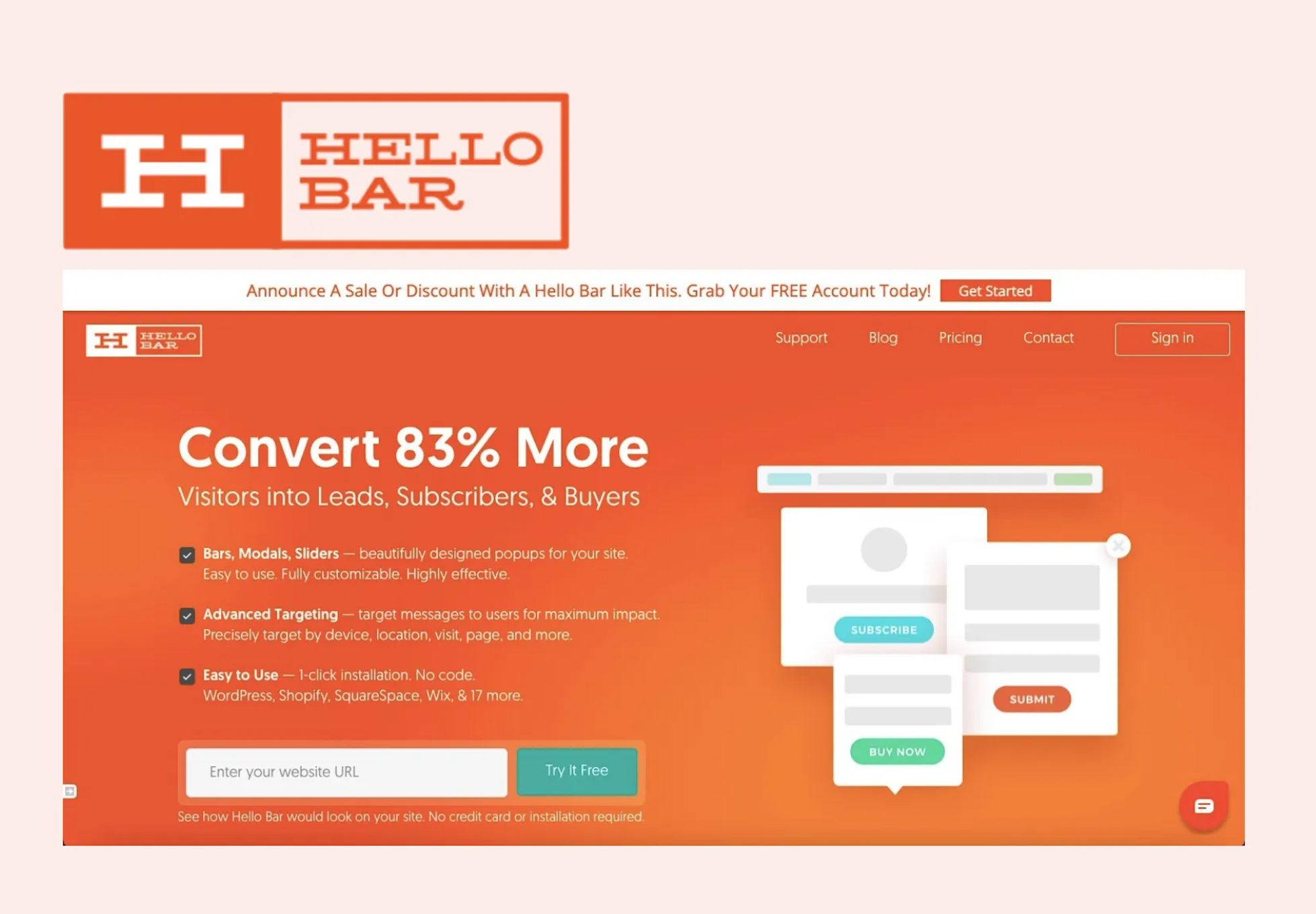
Many of these companies use Hello Bar within their ecommerce email marketing strategy and workflow to help drive subscribers. I wish I used Hello Bar back in the day with CellarThief. It would have made our lives easier and the business much more profitable. I see what Hello Bar does for some of our ecommerce customers and I think back to how we would have used it at CellarThief.
I often say that understanding your email metrics can be the difference between your ecommerce store’s success and failure. And, so I want to share some thoughts to tip things in your favor with your email marketing efforts.
Let’s First Define Ecommerce Email Marketing?
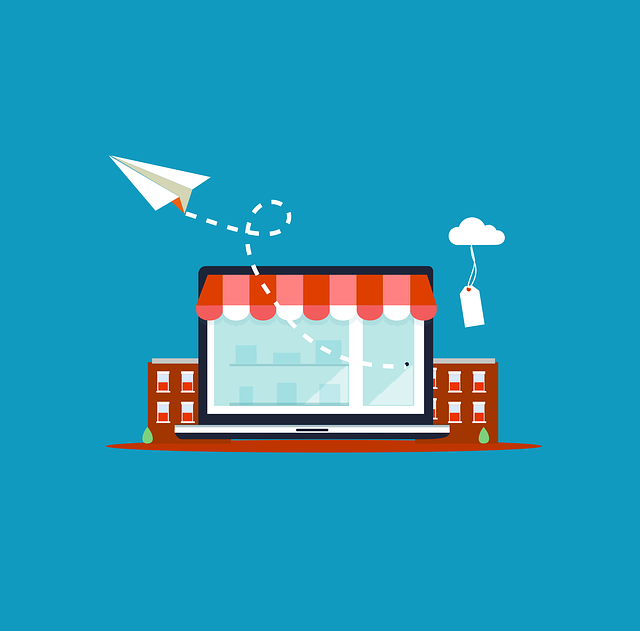
Before we go further, let’s first define what we mean by ecommerce email marketing. An ecommerce company can use email in a variety of ways, and not all of these ways fit the definition of email marketing for ecommerce.
Ecommerce email marketing is using email to capture actively engaged email subscribers and potential customers to improve their connection and affinity with your store and brand. The goal is to turn visitors and/or one time customers into long-term and loyal customers who will go to you first when they need to buy something that you offer. Often times your email subscribers become your most loyal customers.
Ecommerce Email Marketing does not include email that you may send in which the recipients have not opted into your email list. For example, if a guest customer receives a receipt from you but has not agreed to receive marketing emails from you – this customer is not necessarily part of your email marketing efforts.
The great thing about ecommerce email marketing is that it allows you to build long-term relationships through a direct communication channel. And, through building relationships, you can turn those relationships into sales. And through those sales you can earn loyalty.
But, Why Is Ecommerce Email Marketing Is So Important?
Acquiring customers for all online companies has gotten more and more expensive. This is true for nearly all online categories. But, this is especially true for ecommerce companies.
Gone are the days of cheap Facebook and Google ads. Using third party data has become impossible or really expensive. And, there is more competition in nearly every ecommerce category. It’s also harder to track the performance of certain paid acquisition efforts through Google Analytics. This leaves you with more unknowns and this makes it harder to decide if you should scale up or down your spend.

If you are going to succeed and be profitable as an ecommerce company you must have a regular and consistent source of traffic. There simply aren’t other channels that equate to email marketing when it comes to email.
Email enjoys massive ROI
Estimates vary, but email marketing enjoys a 38-42x ROI on average. Compare this to 1-3X on most paid acquisition channels and it’s easy to see why you need to be investing in Email marketing for your ecommerce business.

A huge percentage of the world is on email
Statista reports that there are over 4.3 Billion people on email in the world. That is a massive possible audience for your online store.

Most email users check their email every day
In fact, it’s reported that 99% of all email users check their email daily!
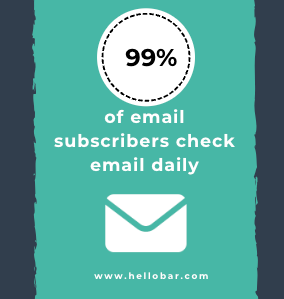
Email enjoys huge engagement rates
With average click through rate in ecommerce often surpassing 2-3% and some going well beyond that, email has massive engagement rates.
Email marketing for ecommerce is affordable when compared to other channels
You can start with very affordable email marketing tools when your email list is small and your costs will, usually, only increase as our email subscribers scale.
Conversion rates from ecommerce email marketing campaigns are very high when compared to many other marketing channels.
Clicks from ecommerce email campaigns normally come with a lot of context and intent. This means that conversion rates from email marketing campaigns are normally quite high.
Email is a great way for your customer to refer friends
The best marketing is word of mouth and email automates that as you can encourage your email subscribers to simply forward your emails to drive awareness and additional email subscribers.
The Importance Of Knowing What Each Of Your Email Subscribers Is Worth
If you are an ecommerce company with an online store, you have a lot of goals. You want to build community. You want to grow awareness. You want to build up your social followings. But, your primary goal is to drive sales and, even more importantly, drive profitable sales.
I have already said that email marketing for ecommerce can be your most profitable marketing channel. But, to make this channel successful, you had to do what so many other ecommerce companies don’t do – you have to determine how much each of your email subscribers is worth to you. By doing so, you are able to:
Create predictability in your business
For you to scale your ecommerce business, you must have predictable growth channels. If you don’t know how much an email subscriber is worth, you can’t create the predictability needed to invest in email as a channel.
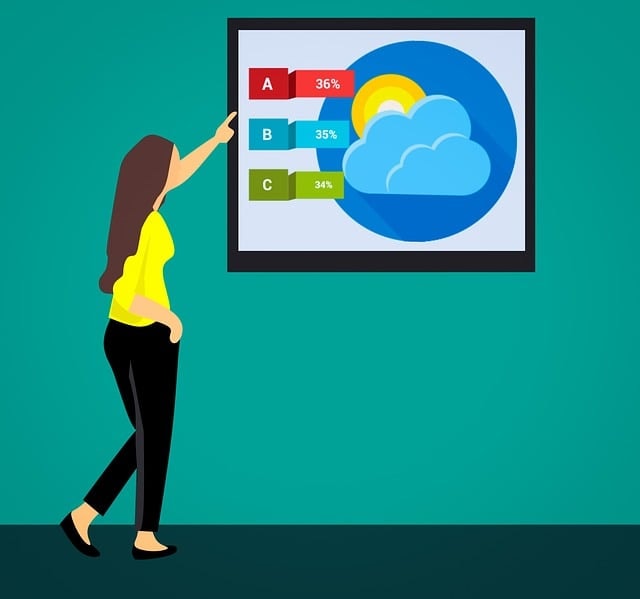
Determine the true ROI of your email list-building efforts
If you don’t know how much an email is worth, it’s impossible to determine the ROI of marketing efforts that are designed to specifically grow your email subscribers.
More accurately determine the real ROI of your other channels
One of the dangers in ecommerce marketing is that you turn off channels that actually are profitable but you don’t realize they are. For example, you may test Facebook ads, and those tests will show that your ROAS isn’t high enough. A bunch of people may come to your website but too few people make a purchase. For that reason, you may turn off Facebook ads.
But, what you don’t realize is that people love your store but aren’t ready to buy right now. So, they add their name to your email list. If you don’t know what your email subscribers are worth, you may not factor this into your Facebook ad buying and turn off campaigns prematurely.
Ecommerce Success Is Math
There is an art to ecommerce. You have to have great products. You have to have a nice store. You have to have something you are passionate about. But, you also have to know math. And, in math you have to assign a value to each part of your funnel.
It Helps You With Partnerships
When you know what the value of each email subscriber is, you are able to then know when partnerships are successful or when they are not.

It Enables You To Know When To Scale
Most ecommerce companies simply choose to increase or decrease their budget on a monthly basis. But, the difficult in all online businesses is that there are leading indicators. This means that you might not see the sales and revenue growth from scaling for a couple of months.
You want to make informed decisions about when and how much to scale. And, to do that – you have to make decisions based on immediate actions (a conversion to a sale) and a leading indicator (such as number of email subscribers and the likelihood that they will purchase later).
How To Determine How Much Each Of Your Ecommerce Email Subscribers Is Worth: The Basics
Alright, now the fun begins. We have to figure out how much each of your ecommerce subscribers is worth. Here is the quick formula for doing so:
Monthly Revenue from email as a channel divided by number email subscribers = Gross Monthly Revenue per email subscriber.
This is the best place to start. Here you want to be sure that you have GA (or another analytics platform) set up to track how many purchases are coming from your email clicks. This should be easy to do by including a specific UTM in each of your emails. You can use one common UTM in all of your ecommerce email marketing campaigns. Or, you can sophisticated and have different UTMs for different campaigns and aggregate those.
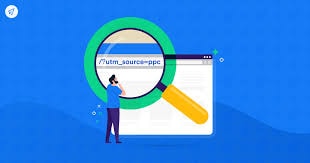
Ideally, you are able to assign the aggregate revenue driven by your email subscribers and the actual Average Order Values (AOV) of purchases made by your email subscribers. This will give you the most accurate view and will allow you to make further tweaks in the future.
Let’s take an example….
Jim’s Online Flowers sells an average of $30,000 per month online.
Jim sees that an average of $15,000 per month comes from his ecommerce email marketing efforts.
Jim also knows that he has 5,000 email subscribers who receive his ecommerce email marketing emails on a monthly basis.
This means that each of Jim’s email subscribers is worth $3.00 in gross revenue.
This means that, in theory, if Jim wants to grow his online revenue to $60,000 per month, he will need to figure out how to get 20,000 email subscribers.
But, Jim can’t stop there.
He has to factor in his cost of goods sold so he knows how much he can spend to acquire an email subscriber.
So, let’s say that Jim spends $.50 on every flower he sells for $1.00.
This means that the better equation for Jim to use is:
(Monthly Revenue from email as a channel divided by number email subscribers) * Gross Profit = Net Monthly Revenue per email subscriber.
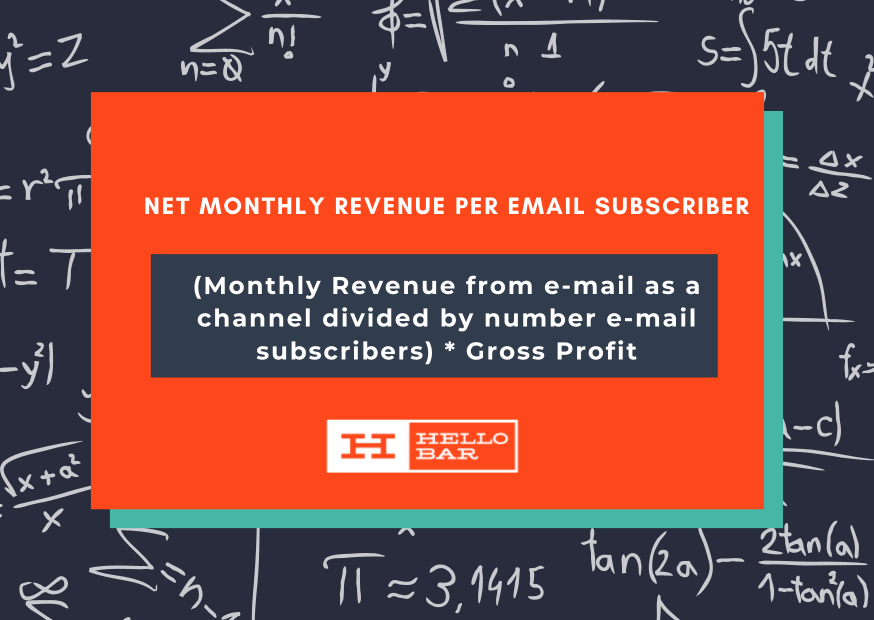
So, let’s do this math.
Jim sells $15,000 per month online in flowers.
He has 5,000 email subscribers.
This means that Jim earns $3.00 per month in gross revenues from each of his email subscribers.
But, Jim only keeps 50% of this.
So, Jim actually earns $1.50 per month from each of his email subscribers.
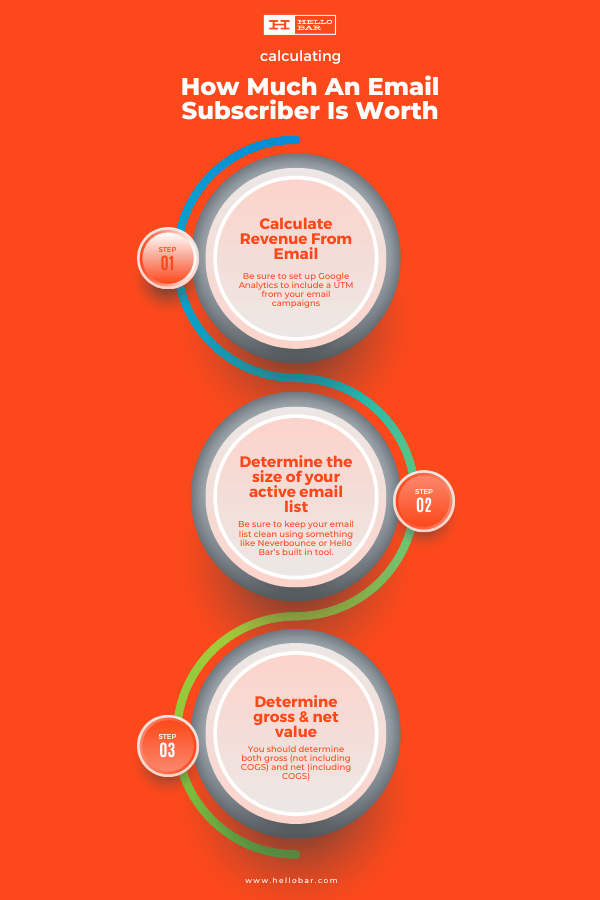
How To Determine How Much You Can Spend To Acquire An Email Subscriber For Your Ecommerce Email Marketing
On the simplest level, it seems you can spend $1.50 to acquire an email subscriber for your email ecommerce efforts. This would make sense but is missing something. It’s missing:
1) How long your email subscribers stay on your list;
2) How quickly you need to get paid back.
Let’s start with the first one..how long do your email subscribers stay on your list? Some of your email subscribers will churn. This is because some people will unsubscribe and others may cancel their email altogether. Therefore, it’s important to understand how many people fall off your email list every month.
Let’s say that 5 percent of your email subscribers fall off each month.
That means that, all of your subscribers will fall off in 20 months.
Therefore, the LTV of your email subscribers can be estimated at $1.50 per email subscriber x 20 months = $30.
But, most companies can’t sit around for 20 months waiting to recoup their marketing spend. So, you need to define how quickly you get paid back. There are a variety of factors in considering this. But, the biggest factor is – if you have plenty of cash, you can afford a longer period than if you have very little cash.
This is the secret of well funded ecommerce companies. They can afford to spend to acquire email subscribers and customers and not need to be ROI positive on that subscriber/customer for a long time.
But, if you are bootstrapped, you will need to get paid back much faster. There is not an exact rule of thumb, but let’s say it’s 3 months if you are bootstrapped and 7 months if you have venture investment.
This means that Jim should be able to afford to acquire an email subscriber for $4.50 if his business is bootstrapped and $10.50 if he is funded.
The Story Gets Better With Email Marketing For Ecommerce Once You Know The Value of Each Email Subscriber
Okay, so let’s assume Jim’s company is bootstrapped. This means that he can afford $4.50 to acquire an email subscriber. However, this is only part of the story.
Let’s say that Jim is able to buy traffic at $1.00 per click. The means that he would need to have 1 out of every 4.5 visitors to subscriber to his email list. This is very high and probably not possible. However, this has to be added to the completed purchases as well.
So, let’s also say that Jim spends $100.
And, let’s say that Jim gets 8 email sign-ups from the 100 visitors that come to his site.
8 x 3 months x $1.50 = $36.
But, 2 people also bought flowers for an average of $100 per order from those 100 visitors as well.
If Jim doesn’t factor in the value of the email subscribers he gets, Jim will calculate that he sold two orders. At $50 per order after his cost of goods, this means that Jim spent $100 to make $100. Therefore, Jim decides to stop this marketing effort.
3 months later, Jim’s revenues are the same because he hasn’t found a growth channel. However, in those three months, Jim’s actual sales could have been $100 + $36 (email). This means that his business could have grown during this time.
How You Can Optimize The Value Of Each Of Your Email Subscribers
So, we have established that you have to know the value of each of your email subscribers. But, once you know the value of each of your email subscribers, your goal is to grow that value.
If Jim currently has email subscribers that are worth $1.50 per month in net revenue to him, then his goal has to be to grow that average value. So, Jim sets a target to get that to $2.00 per month. Jim hires a new email marketing person and gives her two goals:
1) Grow the number of email subscribers;
2) Grow the value of each of those email subscribers.
How To Grow The Number of Email Subscribers
My team and I have written a lot about this in the past. But, here are some very basic tips to growing your email subscribers:
Make it easy for people to subscribe
We are biased because we own Hello Bar. But, we believe that every site has to have an easy and obvious way for people to subscribe to your email list. Pop ups provided by Hello Bar and other companies are the most effective way to do that.
Pop up email capture units have very high conversion rates. And, we encourage you to consider a dedicated pop up company rather than use the basic ones offered by email providers. Many of our customers have compared us against those and we out-perform them by 2-5x on average?

Provide people an incentive to subscribe
Give a reason for people to subscribe to your email list. This could be coupons, special access, sneak previews of new products or a whole bunch of reasons. Again, products like Hello Bar make this easy because you can test different incentives to see what works best.
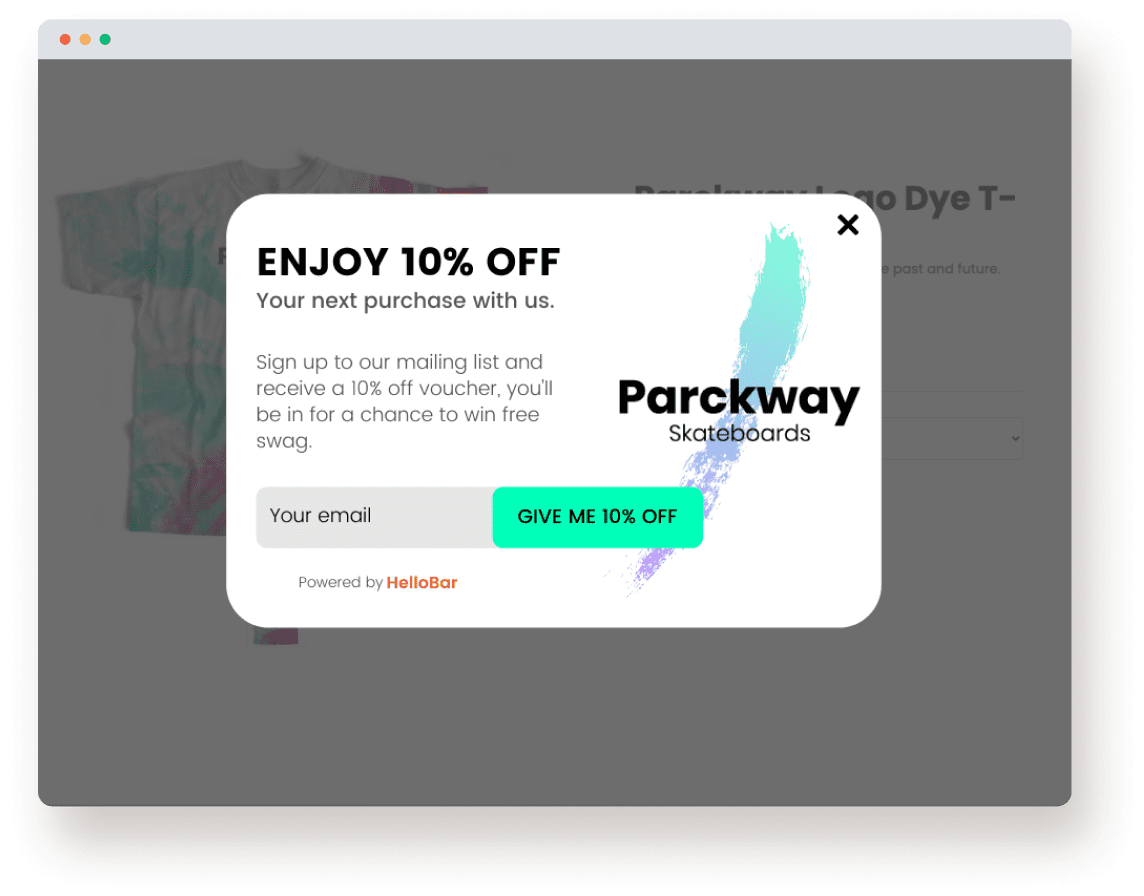
Encourage people to forward your emails
A friendly and simply suggestion to forward your ecommerce email marketing emails can be a simple way to grow your list. This requires you to send emails that are worth sharing but that’s the next tip.
Add value from your emails
Most ecommerce email marketing efforts are too focused on just selling, selling, selling. This is great. But, let’s take an example. Let’s say that you sell a supplement to long distance runners with their endurance.
You can send out regular emails with coupons and special offers on your supplements. Or, you can send out regular emails that have running tips. Which one is going to add the most value? The latter is.
Runners hang out with other runners, so make it easy for them to share your emails with friends.
Have a clear email marketing strategy
You need to have a clear strategy of the kind of content you want to write, what you want to educate your customers about and how often you send out your email campaigns. Scattershot email approaches simply don’t work.
You need a clear and consistent ecommerce email marketing strategy and then executed that on a regular basis. That will drive higher engagement levels because people love habits, consistency and predictability.

Optimizing Your Email Marketing Campaigns To Increase The Value Of Each Of Your Subscribers
Let’s go back to the example of Jim’s flower shop. If he can increase the value of each of his email subscribers from $1.50 to $2.00, that could be game-changing for his business. This could be the difference between losing money and making money as a business. It could allow him to invest in paid acquisition channels. And it could help him to hire a full-time person to manage his ecommerce email marketing efforts. So, how does Jim do that? Well, here are some tips:
Test the regularity of the emails sent
One thing we found with CellarThief was that sending emails more often actually increased the open and engagement rates. This was counter-intuitive to us.
We thought the more that we sent out ecommerce emails, the more people would ignore them. But, the exact opposite was true. We wouldn’t have learned that if our email marketing for ecommerce didn’t include testing the regularity of email sends.
Test the day and time of sending
There are plenty of best practices in email marketing for ecommerce. But, those are best practices and sometimes doing the opposite will work better or your business. For example, it is a common suggestion to send out your emails on Tuesday and Thursdays and to not send out emails on weekends. Why? Because people usually check their email at work.
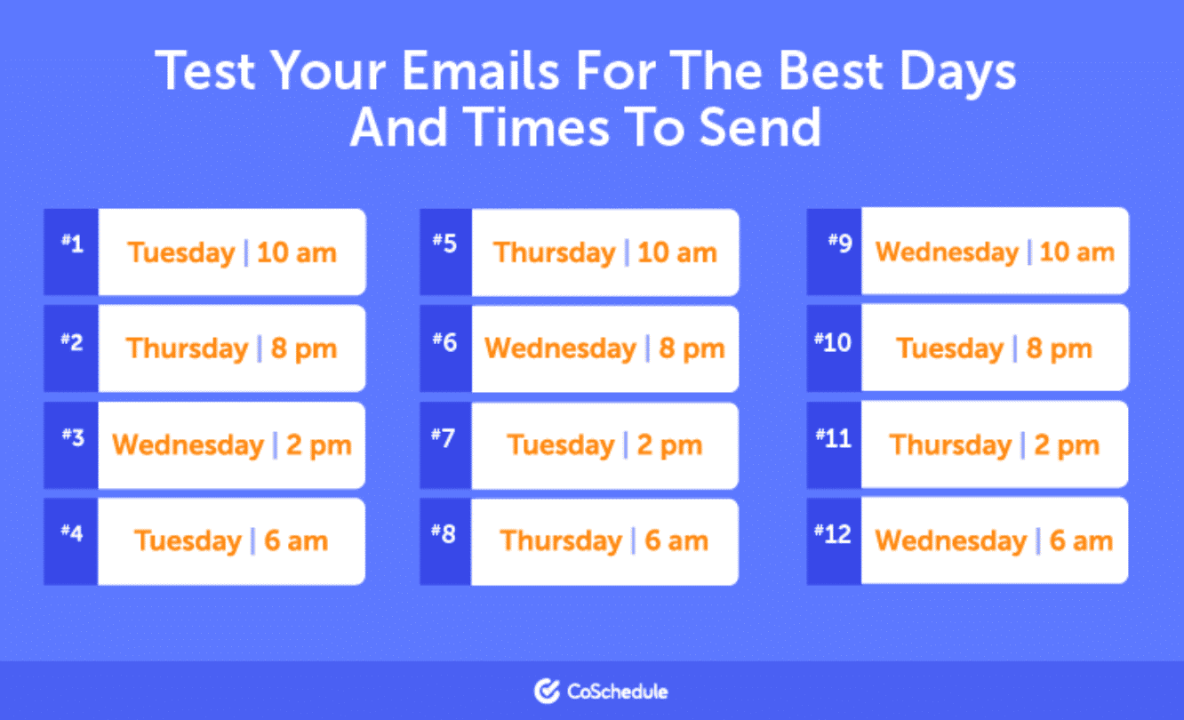
However, as more and more people learn that weekdays are the day to send, more and more emails are received by your subscribers. Therefore, the very opposite could be true for your business. The same goes for the time of day you send out emails.
Personalize and Segment
Most people will just send out the same email to everybody. But, you should be targeting different messages to different people. For example, the message you send to somebody who last purchased last week might be different than the message to somebody who purchased last 6 months ago.
Tools like Hello Bar allow you to set up targeting to easily organize your list into different buckets. And, tools like Klaviyo allow you to personalize emails to different segments based on behaviors or demographics or other.
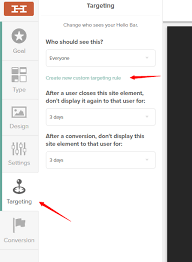
Add value
Just like in growing your list, increasing the engagement and effectiveness of your ecommerce email marketing depends on you regularly adding value. Educate and then sell rather than just sell.
Use email to upsell recent purchases
Don’t forget to use your email marketing to help upsell recent orders. For example, if somebody just ordered flowers at Jim’s flower shop, Jim could send a coupon to send another order to another person right away. When somebody buys flowers for their mom and receives an email to purchase flowers for another loved one with a 30% off coupon that expires in 30 minutes, this can increase the average order value.
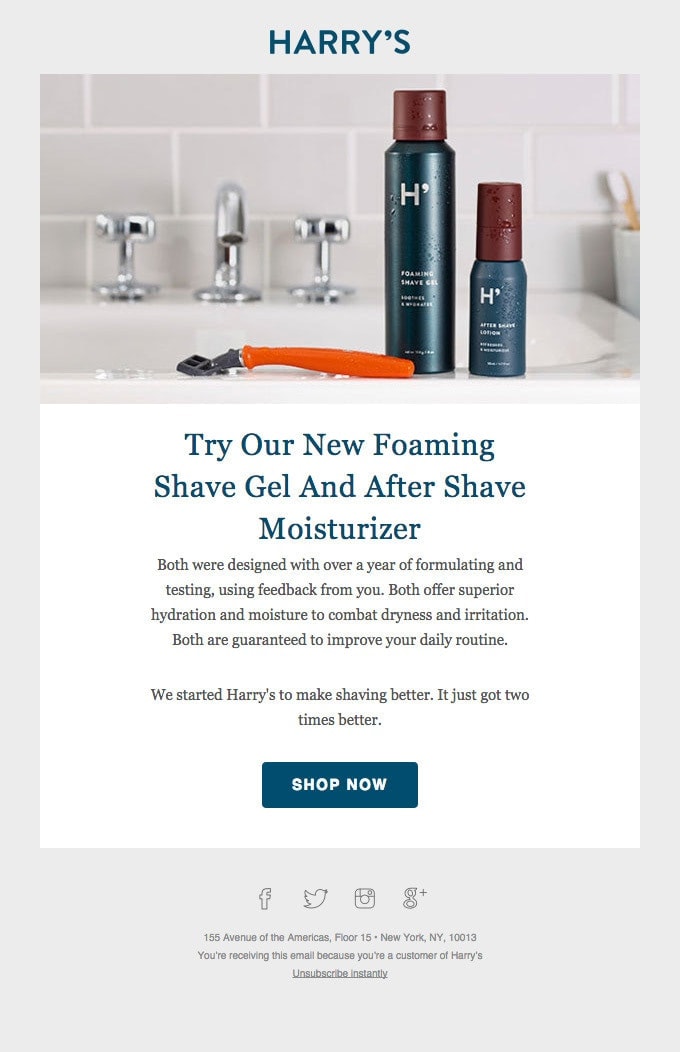
Email Marketing Automation for Your Online Store To Build Loyalty
I know this sounds like a lot of work. And, well, it is. But, the good news is there are plenty of tools you can use to automate your email marketing for ecommerce efforts. This is all about picking the right tools and then using those tools to automate the process of personalization and targeting based on user behaviors and context.
Use a tool like Hello Bar to automate the process of building your email list and testing different messages and designs for doing so
Tools like Hello Bar can automate the process of building up your email list. It’s best to test some different messaging and placements of these email capture units, but once you find what works, you can see the emails flow in every day.
Use an email provider that allows you to personalize and segment messages based on behaviors.
Most email providers do this now, but just be sure that you can personalize and segment your messages. It’s become easier to do this and so there is no reason you can’t add this to your email marketing strategy.
Create emails that are based on specific events (a purchase, a lack of a purchase, etc..)
This is related to the above, but is specific to personalization based on events. If a user hasn’t purchased from you in a while, you can send them a personalized “we miss you” email. Additional examples of automated email campaigns include welcome emails, abandoned cart emails, and purchase confirmation emails.
Be Sure To Regularly Review The Value Of Each Of Your Email Subscribers
You need to regularly review your ecommerce email marketing strategy. And you need to regularly review the value of each of your email subscribers. Things can change quickly, so you want to be sure that you are regularly keeping an eye on any changes.
Keep Your Email List Healthy and Clean
Given how important email marketing can be to your ecommerce store, it is really important that you keep your email list healthy and clean. You can do this through specific tools, and this feature is also coming soon to Hello Bar.

Common Email Marketing Mistakes to Avoid That Will Drive Down The Value of Your Email Subscribers
- Repeat customers are a lot more profitable than new customers, but most ecommerce companies focus on always getting new visitors and customers.
- When a customer purchases something from you, don’t forget that this is a person trying to solve a problem. Many companies forget that each person is unique and that, sometimes, a personal email can be like gold.
- Most companies forget to send a welcome email to new customers. It’s great to welcome somebody to your store. Yes, they will receive a receipt but it’s even better to help them understand why you are unique and they should become a loyal customer. So don’t forget to craft a great welcome that a customer receives after a first purchase.

- Many companies don’t ask their best customers to share your site with their friends. You can do this through a formal referral program or you can just send a personal and kind note sharing how much you would appreciate if a customer passes on the love.
In Conclusion
In order to be successful in your email marketing efforts and drive customer loyalty, you must know the value of each of your email subscribers. This is a simple effort that and I hope this overview has given you the knowledge to be able to assign a value to each of your email subscribers.
At Hello Bar, we love to work closely with our customers to help them grow. If you have any questions about the above, you can reach out to us at support@hellobar.com.
Final Words

We all want to build a great business with loyal and happy customers.
And, while there are so many tools and platforms you can use to attract website visitors and customers these days, business can be quite simple. Offer a good service, build great relationships with people who value that service, and understand where you can find more of those people in a cost-efficient manner. Email marketing for ecommerce is a great way to do this.


